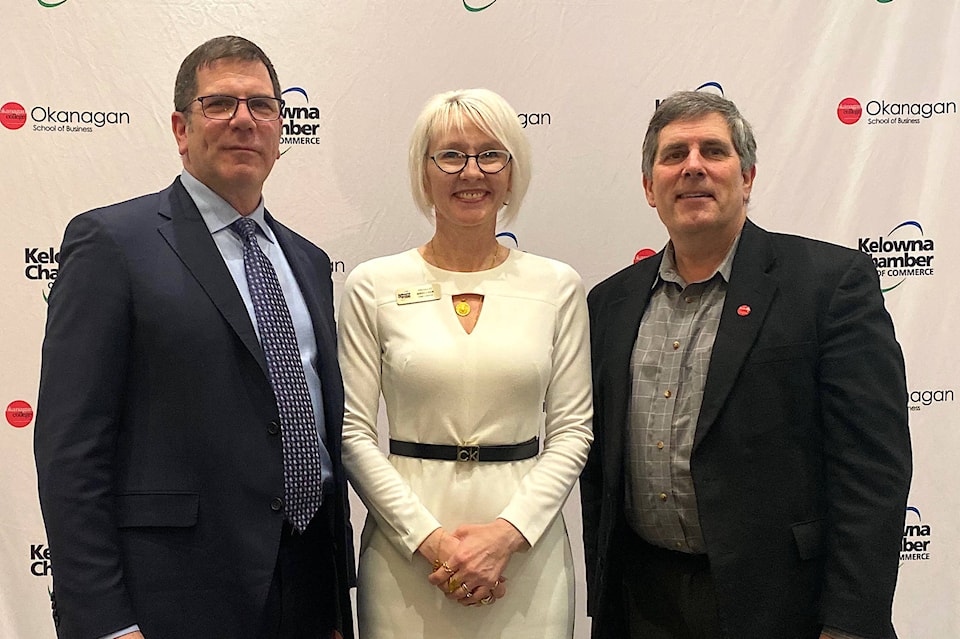The head of the Mining Association of B.C. says its important for “latte-sipping urbanites” to realize the value of mining to B.C.
Michael Goehring brought that message to Kelowna Thursday, telling the city’s chamber of commerce there are 100 companies in the city that supply more than $23 million in goods and services to the industry annually. Companies in Vernon and Penticton generate sales of another $21 million and $6 million respectively.
And it’s the same picture across the province with communities large and small generating a total of $3.9 billion in sales of goods and service to the industry.
B.C. has 17 mines and two smelters that account for 33,000 direct and indirect jobs and generate $12.3 billion year in economic activity, according to the mining association.
“Not a lot of people realize Vancouver is a big mining centre,” said Goehring, pointing to the fact there are 1,265 companies in Metro Vancouver that supply goods and services to the mining industry to the tune of nearly $1 billion a year.
Providing good paying jobs—the average salary in mining is $150,000 per year—the industry is the source of materials for not only this countries low carbon future, but that of other countries too through export, Goehring added.
Mining produces materials required for items such as solar panels, components for electric vehicles and coal for making steel. He said without mining, we would not have those materials.
And the industry, he added, has now eclipsed the once mighty forestry industry in B.C. when it comes to its contribution to the province’s gross domestic product.
According to the MABC CEO, last year mining contributed $7.3 billion to the province’s GDP, while forestry came in at $6.9 billion.
But while he painted a rosy picture of the industry in terms of its contribution to the province and its economy, he said mining also faces some still challenges, particularly in the form of the provincial carbon tax.
He said his association wants to see what he called a level playing field when it comes to the tax and want B.C. mines to pay the same amount in carbon tax that other mines across the country pay, something that does not happen now. That’s in part because the B.C. carbon tax is no longer revenue neutral.
Other “challenges” for the industry include what Goehring described as over regulation, as well as high taxation and growing electricity costs.
He said hydroelectricity costs in B.C., once seen as an advantage to mining, have risen 70 per cent in 10 years and coupled with complex regulation, is impacting the competitiveness of the province’s mines.
In the southern Interior, the closest mines to the Okanagan are the Copper Mountain Mine in Princeton and the New Afton gold mine and Highland Valley copper mines, both near Kamloops.
To report a typo, email:
newstips@kelownacapnews.com.
@KelownaCapNews
newstips@kelownacapnews.com
Like us on Facebook and follow us on Twitter.
